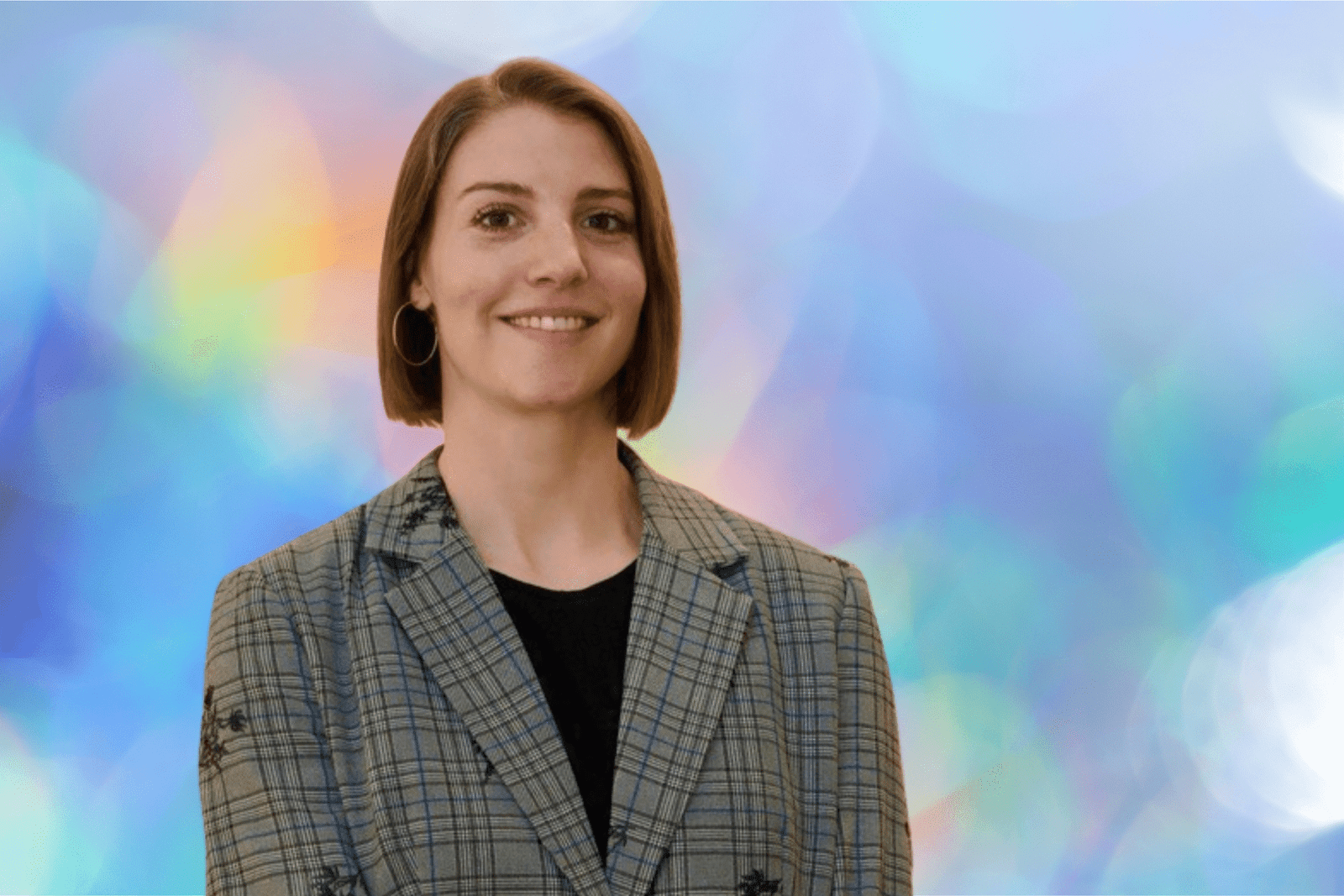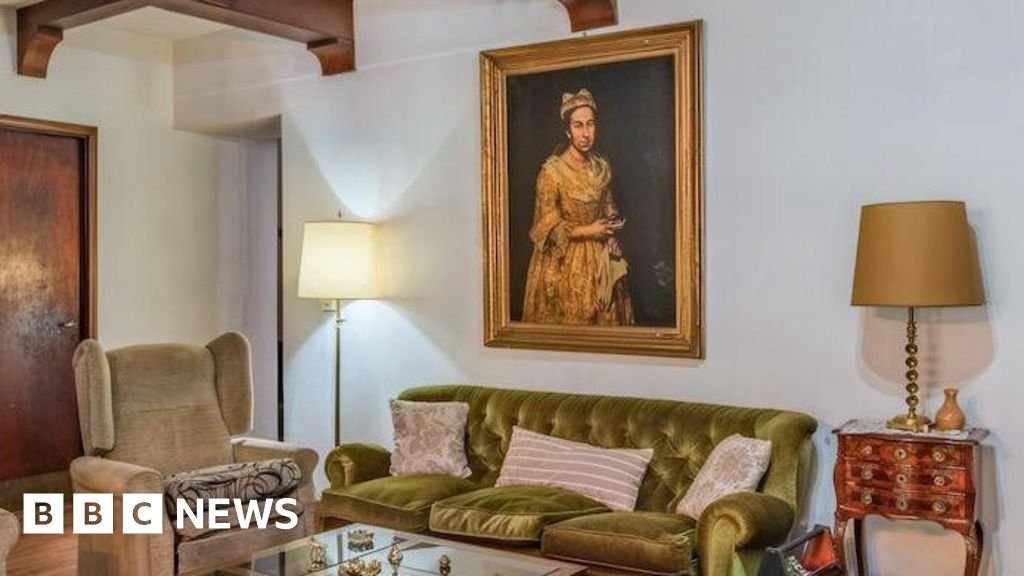What sparked your initial interest in photography in high school?
My high school experience was horrible, so I kinda stopped going after a certain point. My mom really wanted me to graduate and to enjoy learning, so she started trying to get me to take high school art classes at SVA. One of the first ones I took was an introduction to photography. I was hooked instantly by the magic of it all and learning how to use the darkroom.
Obviously, being in high school, I didn’t really know what to photograph, so I started by taking pictures of a lot of the graffiti around the neighborhood, and then naturally my friends and the punk shows I was going to.
Were you known in the punk community as someone who always took photos? What was your initial comfort level with photographing people?
I always had a camera with me, but I don’t think I was ever seen as that person always taking pictures. My style of documentation has always been somewhat on the sly, with friends saying they never really knew I had taken certain pictures because it was always so natural.
There was another girl who sometimes hung out and who was always taking photos. She was the one everyone thought of as the photographer. Her collection has got to be amazing, but it always bothered me that she didn’t respect people’s wishes not to be photographed.
I have always been very comfortable photographing people, because I have always only photographed the people in my life.
While I love catching moments of my life through those around me, I also respect when people do not want to be photographed.
Why did you decide to revisit growing up in the East Village punk scene with “Make Shift Youth”?
Before COVID shut everything down, I had spent about two years slowly working, scanning all my negatives from high school and the years after. I hadn’t looked at my high school photos in so long, and I was surprised by what I had, especially that the majority of them highlighted all these ladies in the scene… something I personally feel you don’t see a lot of (or enough of) when it comes to documentation of “alternative” scenes.
Then, the lockdown happened, and I had a lot of time to sit and play on the computer with the images at home.
I had been applying for grants to publish another, bigger collection of photographs from my travels and decided maybe I should start with this collection since it was smaller and really what started it all.
On the opening page of the zine, you wrote the date and then scribbled it out. Why did you decide not to list the years?
I like the mystery.
How do you balance documentation and abstraction in your visual storytelling?
I began publishing zines in high school about being female in the punk scene, using my photographs and words to tell this story. I have been publishing zines and art books for many years now, combining stories about my life with photographs and printmaking. While I really wanted to show these photos, I didn’t want to take away from them by visually adding any text or talking about them.
As a printmaker, my work focuses on abstracting an image and allowing those who see the work to create their own narrative. When I started putting the photos I wanted to print together, I could already see how I wanted to abstract a few of them: extending aspects of the image or cutting out the parts I thought were important. I wanted the narrative to flow from page to page through composition, colors and shapes.
You were born and raised and are still living in the East Village. Did you ever live elsewhere… or at least consider it?
I traveled a lot for a long time, riding trains and hitchhiking, but that’s a different story and a whole other body of photo work I’m hoping to one day publish.
The East Village has always been my home.
Why have you decided to stay here?
This neighborhood and city have changed so much, I honestly don’t know anymore.
How does your environment in the East Village continue to inspire or influence your creative process?
Growing up in the neighborhood was definitely one of the things that started me on the path of the work I make. As a kid and teenager growing up in the East Village, I experienced things a lot of people might not have. My mom is an artist too, so that also helped me see and interact with my surroundings in a unique way.
I grew up playing in Tompkins and the 6th and B Garden, got in trouble for taking hypodermic needles to show and tell that my friend and I found in the concrete playground of P.S. 19… long before it became what it is now. I drank at Mars Bar when I shouldn’t have, and got to go to shows at CBGB and Coney Island High.
All these experiences have shaped who I am today and fueled all my early work.
The neighborhood has changed, gentrification and rising rents have priced out all the things I grew up with and loved. And while I do find some inspiration still walking down the streets, I find a lot of what inspires my new work comes from the time I spend traveling across the U.S. and other countries.
I understand you have a treasure trove of photos. What else from the archives might you feature next?
I would love to do maybe two or three more volumes or even have a show of the actual photographs. I’ve thought about doing one volume of only photos shot at punk shows…mosh pits, mohawks and a sea of hair dyed in all the colors of the rainbow.
My real dream, however, has been to publish a photo book of the collection of images I have from after high school, traveling around and across this country for years.
And did you ever replace your mom’s Canon Rebel that you destroyed with beer while in high school?
We had to get it fixed… she was not happy about that (it was kinda a loaner from her job). I think at the time, I also told her someone at the show spilled beer on it (not me, of course).
My mom saw how much I loved photography and later bought me a smaller, more pocket-friendly (for my lifestyle) camera, which continues to be my favorite camera to shoot with.








